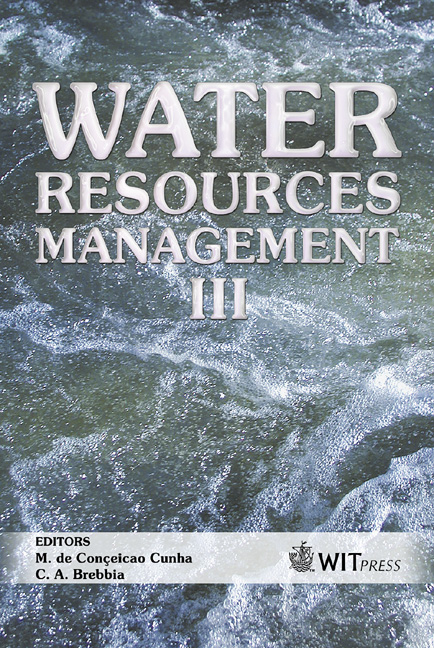Assessing The Effect Of Hydrophilic Soil Amendments On Riparian Plant Survival In Arid And Semi-arid Environments
Price
Free (open access)
Transaction
Volume
80
Pages
9
Published
2005
Size
821 kb
Paper DOI
10.2495/WRM050661
Copyright
WIT Press
Author(s)
R. A. Fischer & C. D. Beiner
Abstract
Riparian restoration efforts in arid and semi-arid regions are extremely challenging to conduct and frequently unsuccessful where irrigation is not possible, or where the water table occurs well below the root zone of newly established vegetation. Lack of irrigation or lowered water tables can preclude adequate soil moisture for riparian plants to become established, or to survive after initially becoming established. This paper describes field investigations at three sites in southern Arizona (USA) to test the efficacy of two hydrophilic soil amendments to improve survival of woody riparian plantings in the absence of irrigation. Unlike numerous studies that show the contrary, a commercially available hydrogel had no significant influence on plant survival or condition when compared with trees receiving no amendment. Conversely, a relatively new amendment called DriWater improved both survival and plant condition at two of the three study sites. This amendment shows significant promise for revegetating arid areas where irrigation is not possible. However, because of potentially high cost, the use of DriWater should be considered only when traditional irrigation methods are unavailable. Keywords: riparian revegetation, plant survival, soil amendments, DriWater, Terrasorb, arid lands. 1 Introduction Loss of riparian areas has reached more than 90% throughout much of the arid and semi-arid western United States. This widespread reduction in extent and quality of this streamside ecosystem has led to an increased interest in
Keywords
riparian revegetation, plant survival, soil amendments, DriWater, Terrasorb, arid lands.





